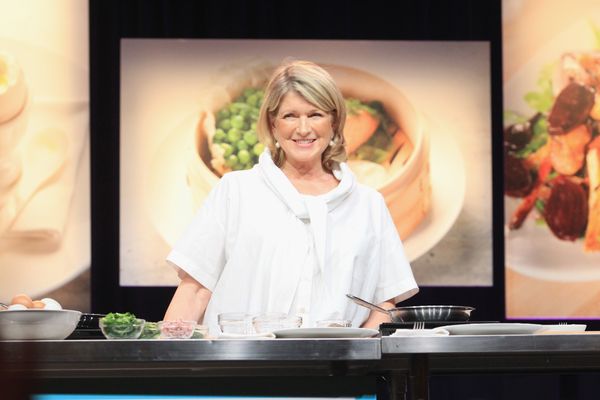Sometimes television commercials flit across our collective consciousness and are forgotten. Other times, they become part of our cultural lexicon and earn a lasting place in our memory. Take the Old Spice Man, for example. The deodorant commercials featured a bare-chested actor, Isaiah Mustafa, panning just about every masculine stereotype imaginable. In what felt like a series of paperback-romance covers, Mustafa told women that even if their men couldn't look like him, they could smell like him — if they used Old Spice.
The commercial went viral, attracted celebrity influencers and resulted in fan feedback from all over the world. In addition, Mustafa taped more than 200 videos responding to fan questions shortly after the commercials began to air. As a result of this clever commercial, sales of Old Spice Body Wash more than doubled. Turns out, a great TV spot can turn a brand around [source: Vaynerchuck].
Advertisement
At its most basic, a television commercial is a form of advertising that promotes goods, services, products, organizations or ideas. Television commercials can range in duration from 3 minutes to 60, 45, 30, 15 or 10 seconds. However, the majority of TV commercials are 30 seconds in length [source: Entrepreneur].
Although a 30-second commercial may not take long to air, it is the culmination of months of production. In general, TV commercial production begins with a meeting between the advertiser and the creative agency hired to make the commercial, although some advertisers will take advantage of in-house production teams at local TV stations as well.
There can be dozens of steps that go into producing a TV commercial, but some of the most crucial aspects take place long before the commercial is actually filmed. A concept is mapped, scripted and then illustrated on storyboards that detail how the commercial will progress. After the storyboard is approved, actors or other talent will be hired, depending on whether the commercial includes live action or animation.
As you may have already guessed, producing a TV commercial is a team sport. This is especially true when it comes to shooting the commercial. This undertaking requires a crew of people with specialized skills, from camera operator to set designer, all working toward a common goal. A typical team includes a director (sometimes called a producer), production assistants, makeup artists, art director, production designer, photography director, camera operators, audio mixers, grips and gaffers [source: Sirotin].
After the commercial is shot, it will go to post-production, where it will be edited and readied for distribution. At every point in the process, there's potential for an idea or its execution to fall flat. Producing a TV commercial requires tremendous attention to detail, no matter what the stage [source: Graf].
Advertisement



